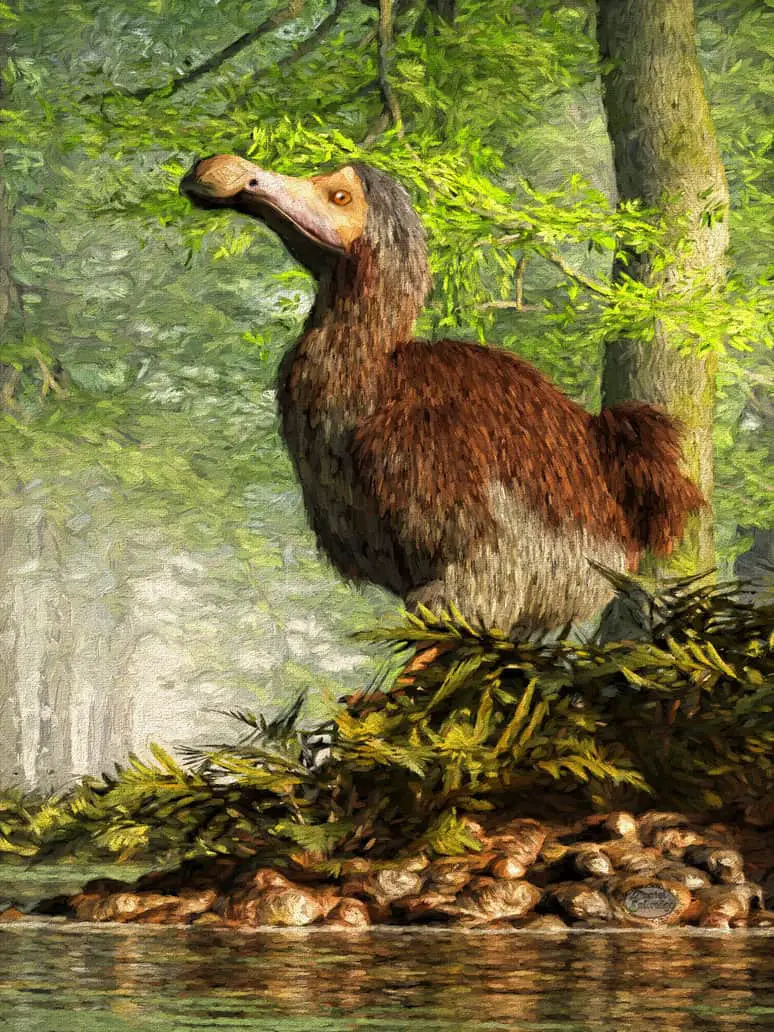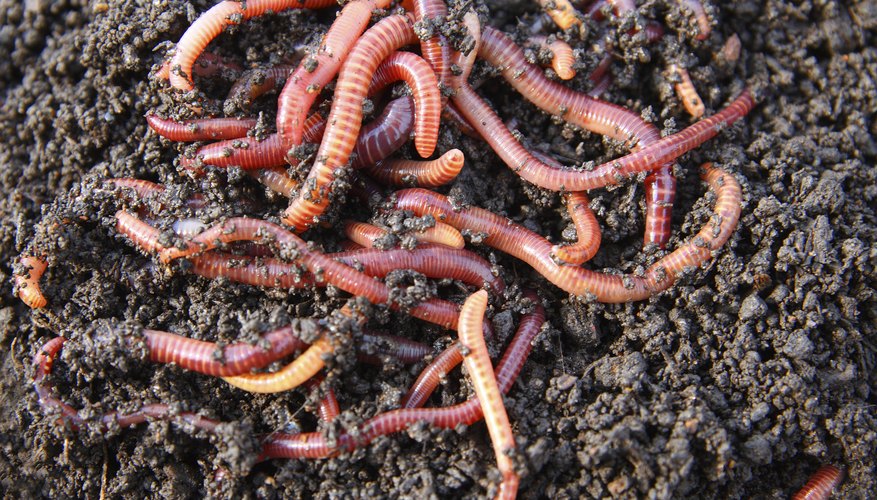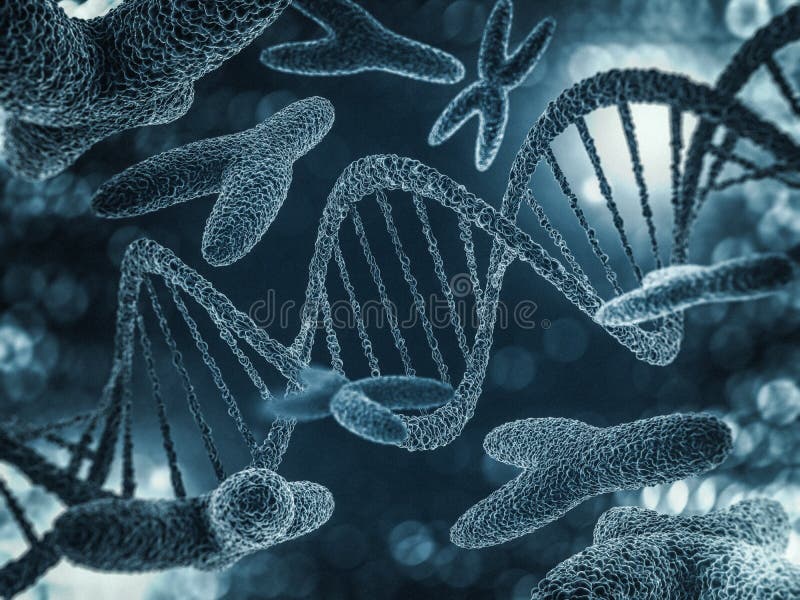Friday, September 14, 2018
Saturday, September 8, 2018
 |
A study of ants provides information on the evolution of social insects.One of the great puzzles of evolutional biology is what induced certain living creatures to abandon solitary existence in favor of living in collaborative societies, as seen in the case of ants and other social, colony-forming insects. A major characteristic of so-called eusocial species is the division of labor between queens that lay eggs and workers that take care of the brood and perform other tasks. But what is it that determines that a queen should lay eggs and that workers shouldn't reproduce? And how did this distinction come about during the course of evolution? Evolutionary biologist Dr. Romain Libbrecht has been considering these problems over the past years and in cooperation with researchers at Rockefeller University in New York City has found a completely unexpected answer: one single gene called insulin-like peptide 2 (ILP2), which is probably activated by better nutrition, stimulates the ovaries and triggers reproduction.Father's diet could affect the long-term health of his offspring;
New research has shown that a lack of protein in a father's diet affects sperm quality which can have a direct impact on the long-term health of their offspring.
Researchers 3D print prototype for 'bionic eye
Researchers at the University of Minnesota have fully 3D printed an image sensing array on a hemisphere, which is a first-of-its-kind prototype for a "bionic eye."
A team of researchers at the University of Minnesota have, for the first time, fully 3D printed an array of light receptors on a hemispherical surface. This discovery marks a significant step toward creating a "bionic eye" that could someday help blind people see or sighted people see better. |
Thursday, September 6, 2018
 |
| DODO @ A RECENTLY EXTINT FLIGHTLESS BIRD |
The dodo (Raphus cucullatus) is an extinct flightless bird that was endemic to the island of Mauritius, east of Madagascar in the Indian Ocean. The dodo's closest genetic relative was the also extinct Rodrigues solitaire, the two forming the subfamily Raphinae of the familyof pigeons and doves. The closest living relative of the dodo is the Nicobar pigeon. A white dodo was once thought to have existed on the nearby island of Réunion, but this is now thought to have been confusion based on the Réunion ibis and paintings of white dodos.
Wednesday, September 5, 2018
Subscribe to:
Posts (Atom)






